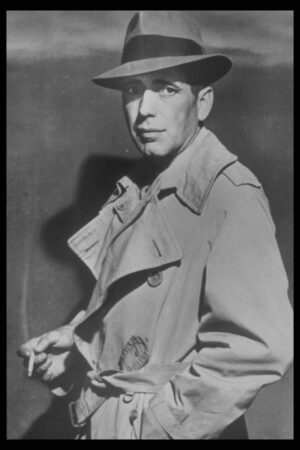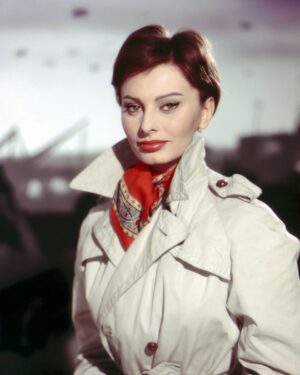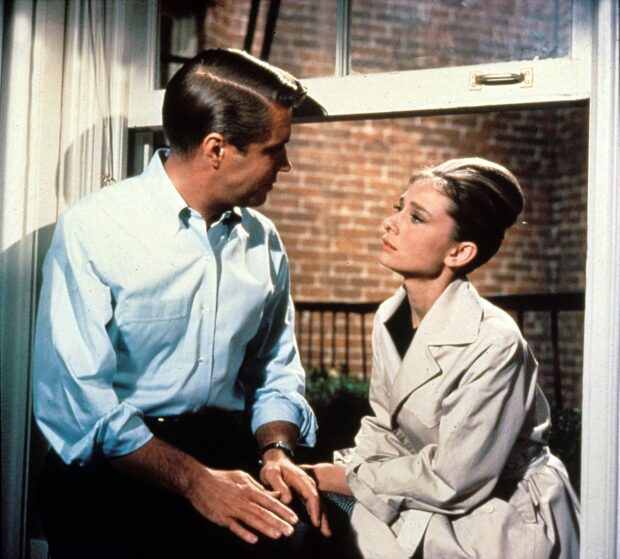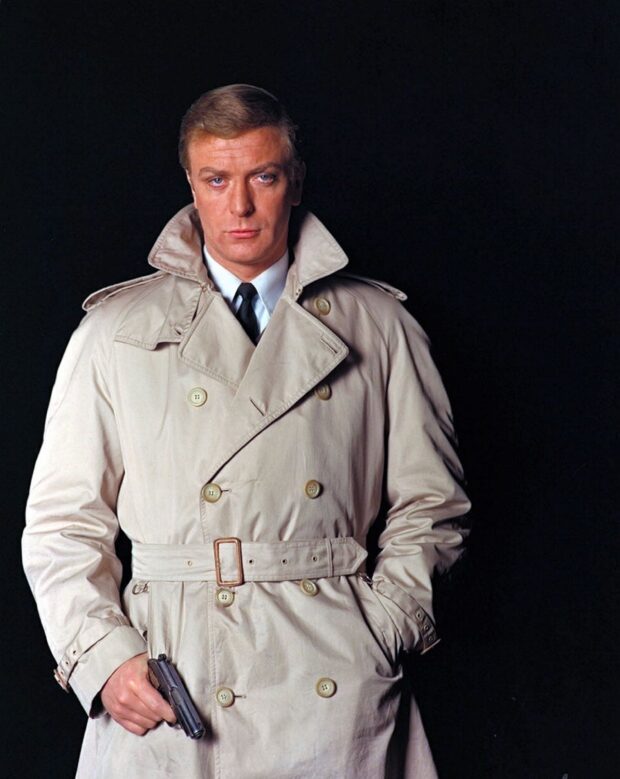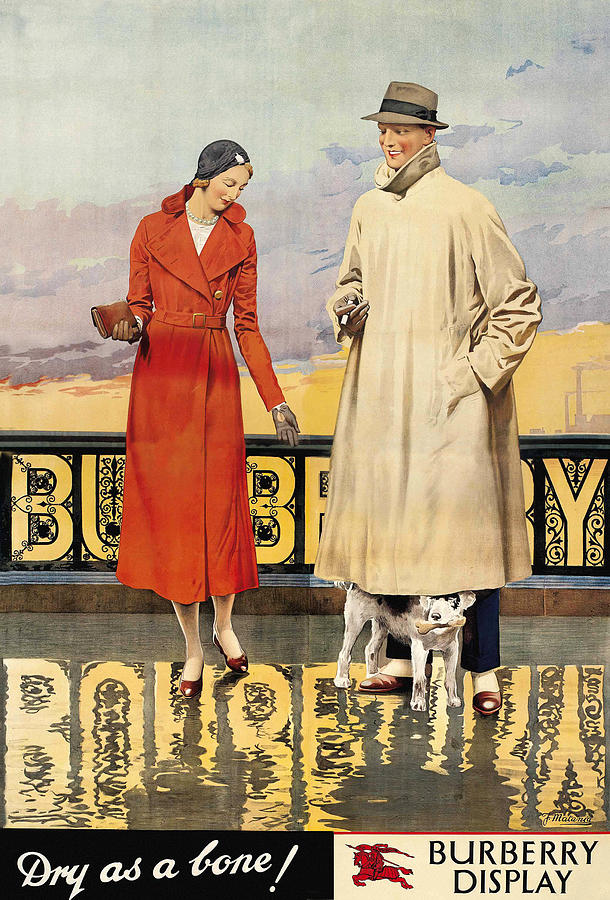Hail the Burberry Trench Coat
 Who doesn’t love a trench coat? It’s never out-of-style. But the story behind it is an ad creative’s (or journalist’s) dream. In 1879, Thomas Burberry, a London-based draper-turned-clothing-designer, was mainly interested in outfitting English gentlemen fond of hunting and fishing. His eureka moment was inventing gabardine, a tightly-woven fabric that was tough, waterproof, & breathable.
Who doesn’t love a trench coat? It’s never out-of-style. But the story behind it is an ad creative’s (or journalist’s) dream. In 1879, Thomas Burberry, a London-based draper-turned-clothing-designer, was mainly interested in outfitting English gentlemen fond of hunting and fishing. His eureka moment was inventing gabardine, a tightly-woven fabric that was tough, waterproof, & breathable.
Soon Burberry was on an outerwear roll. A clever marketer, Burberry sought celebrity endorsements: British army officer and hero of the Boer War, Lord Kitchener, as well as Robert Baden-Powell, another army officer and founder of the Boy Scout movement. Norwegian explorer Roald Amundsen wore a Burberry coat when, in 1911, he became the first person to reach the South Pole. And three years later, Anglo-Irish explorer Sir Ernest Shackleton was outfitted in Burberry garbardine when he survived his first harrowing Imperial Trans-Antarctic Expedition. (He used it for himself, his crew, and their tents.)
Meanwhile, England found itself at war. In the past, military jackets had been long, cumbersome, and heavy, restricting movement under the harsh conditions of the battlefield. They were also waterproofed using rubberized cotton, which was so heavy wearers would sweat profusely. So in 1902, aware of Burberry’s reputation, the British War Office commissioned him to design a new coat for military use. To the existing single-breasted design he added D-rings to carry flasks and grenades, flaps for extra chest protection, and epaulettes upon which an officer could display his rank. In pictures of World War I, soldiers were using this shorter, lighter, khaki-coloured, water-resistant, and ventilated coat, which they called “the trench coat.”
Civilians began wearing Burberry trench coats to support soldiers but also because of their glamourous appeal. The glamour bit really took off when the film industry latched onto Burberry trench coats. Humphrey Bogart in Casablanca (1942); Marlene Dietrich in A Foreign Affair (1948); Sophia Loren in The Key (1958); Brigitte Bardot in Babette Goes to War (1959); Audrey Hepburn in Breakfast at Tiffany’s (1961); Michael Caine in The Ipress File (1965); Julie Andrews in Torn Curtain (1966); Alain Delon in Le Samourai (1967); Catherine Deneuve in Mississipi Mermaid (1969); Meryl Streep in Kramer vs Kramer (1979); and so on…

